After sculpting a perfectly designed-in-the-dirt ergonomic chair under a thicket of Douglas-fir regrowth, I reached into my saddlebags for a quick bite to eat. The living green conifer shade I had found to enjoy my lunch under somehow escaped the fate of most of the blackened skeleton forest around me.
The majority of the coal-black trees were grotesquely twisted shapes with little resemblance to the stereotypical coniferous form of a pyramidal Christmas tree.
But their strange shapes were not the result of fire, but of disease, for these Douglas-fir trees were deformed by dwarf mistletoe. The tiny parasitic plant wreaks havoc on the hormonal balance of a host tree resulting in freakish branch patterns that eventually kill entire trees and even forests.
Dead and dying trees, especially when a high percentage of the forest, are at great risk of a stand killing fire. And the inferno just so happens to be exactly what the forest needs. Nothing else can stop mistletoe and the parasitic disease’s spread except flames, and when that happens, the enormous amount of dead trees and deformed branches creates a huge fuel source and facilitates cataclysmic fire. Flame-lengths can exceed 300 feet. Soil surface temperatures can exceed 800 degrees Fahrenheit. The upper level of the soil profile can bake like pottery.
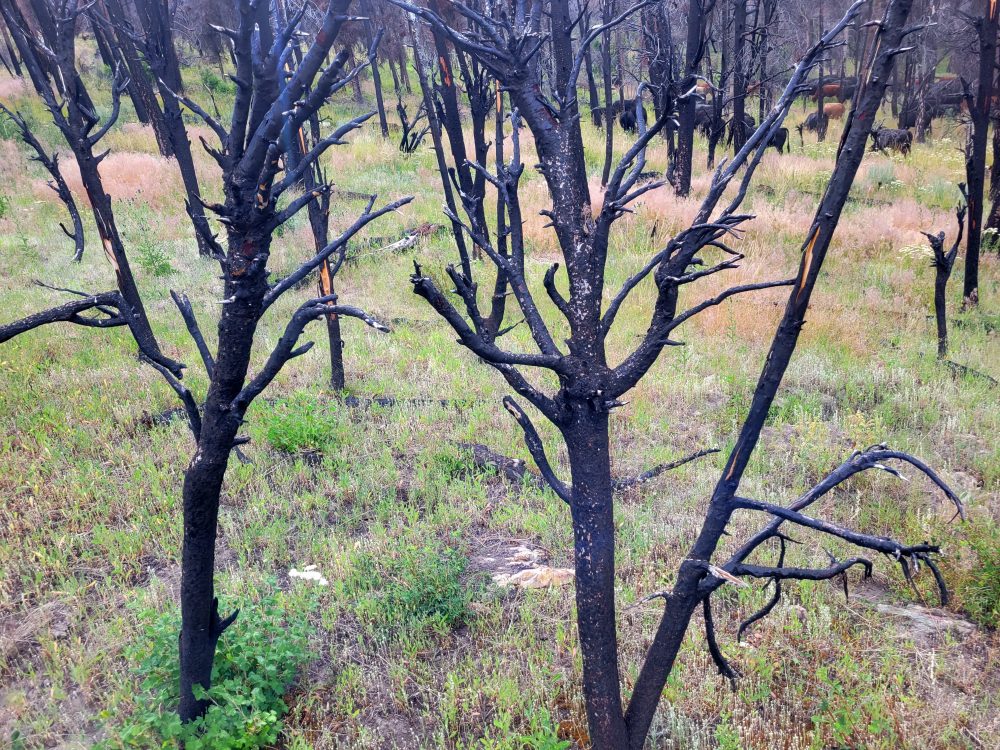
These are formerly Douglas-fir and lodgepole pine trees, known for their straight forms that make them usually suitable for constructing everything from tall wood-frame buildings to native American lodges, or “tipis” that nomadic peoples used just 200 years ago. But these trees succumbed to disease brought on by dwarf mistletoe.
And after, a skeleton forest remains. We’re here to enjoy it because the cattle do. It’s been 4 years to the day since the 36,000 acre Rabbitfoot fire swept thru this timber and forest succession is in full swing. A waving-in-the-wind stand of grasses, forbs and shrubs cloaks the ground with green in the shadows of the crooked and black graveyard sentinels that still stand as a reminder to the ravaging of the former forest.
After a quick saddlebag lunch (just bacon and 88% chocolate today–weird as it sounds, the sweet, savory, salt and fattiness can provide substantial energy for a 14 hour day in the saddle), we mount up. With me today, it’s daughter Linnaea, the 25-year old crew boss, and range riders Josh and Britany. Under us are good horses that have partnered with us on the journey to serve green goodness to 450 hungry beeves on this August day in the mountains.
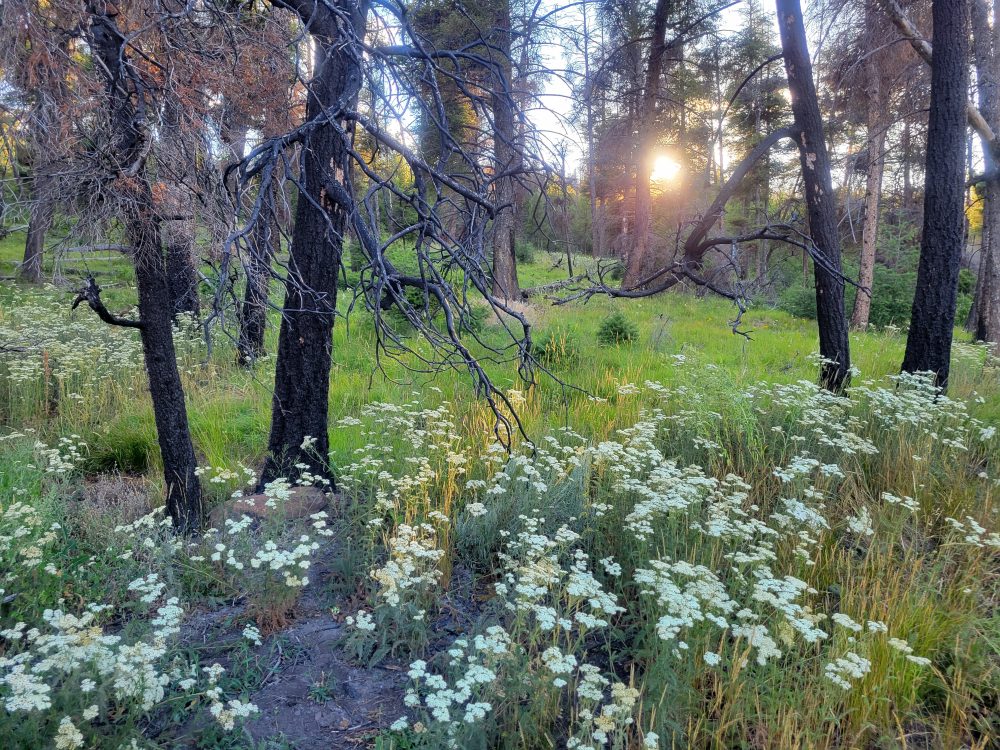
Vegetation under the burn mosaic is dense. And we note unusual manifestations of grasses and forbs–some, we never see except under burned forests. They’ve been in the ground, waiting for fire to refresh and once again cover the landscape. This is a patch of yarrow–common in our forests, but never in these numbers or height. These are nearly 3 feet tall. Our beeves happily graze it, which makes me wonder if they relish it like we humans do–for medicinal properties?
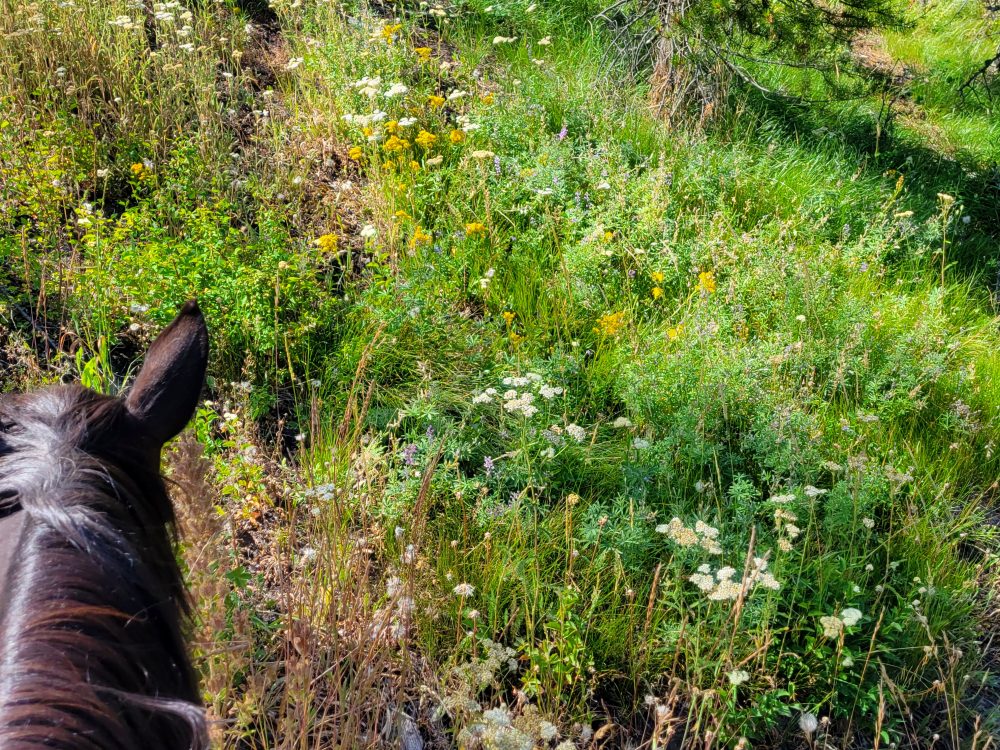
Sunny, the quarterhorse mare that carries me through the burn is a little taken aback about the vegetative diversity as I am. She grabs a bite when I let her. It looks like a wildflower garden, and the beeves act as though they are at a lunchtime buffet. This was a sod-bound pinegrass monoculture under a thick understory of Douglas-fir before fire.
As we pick our way horseback through the former forest, carefully herding our black Angus beeves through a matrix of blackened downfall, thick green knee-high grasses, and dark and crooked snags, our altitude today will bump against the 8000 foot mark, and we’ll transition into subalpine meadows and forests. In these fire-burned areas, our grazing would be evident only to the trained eye; we’ll leave well over half the grasses and forbs ungrazed.
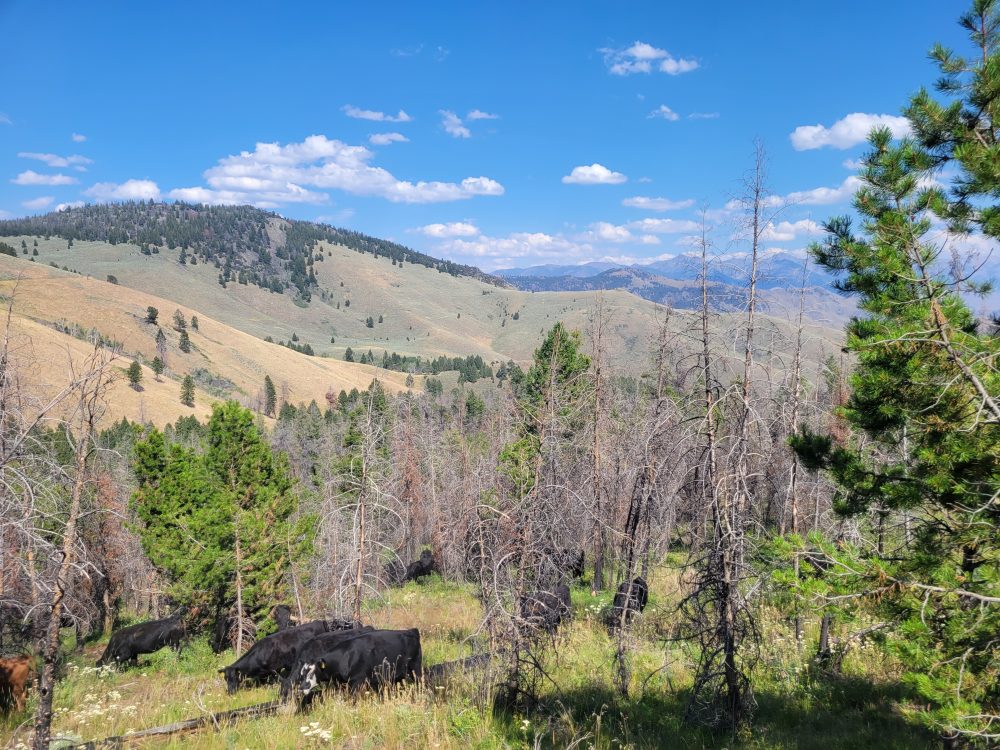
It’s not all black timber and ash. There’s green canopy left that wasn’t heavily mistletoe diseased. These trees will send out seed–Douglas-fir seed is relatively light, and will flutter outward in the wind. Eventually, a new forest will cloak the grassy meadows.
The plant and animal inhabitants of these high altitude lands are similar to those that live in all high elevations or subarctic regions of the Nothern Hemisphere. There are sedges and wildflowers reminiscent of the high arctic. Some are the same species and others are closely related to their arctic counterparts. Our subalpine firs are similar to the white and balsams of the subarctic “treeline,” that undulating line around the globe that marks the northern limits of trees. North of that meridian, conditions are too inhospitable for trees to live. Our treeline is the result of altitude and as we gain another 1500 feet on the very mountains we ride on, the trees become sparse as well.
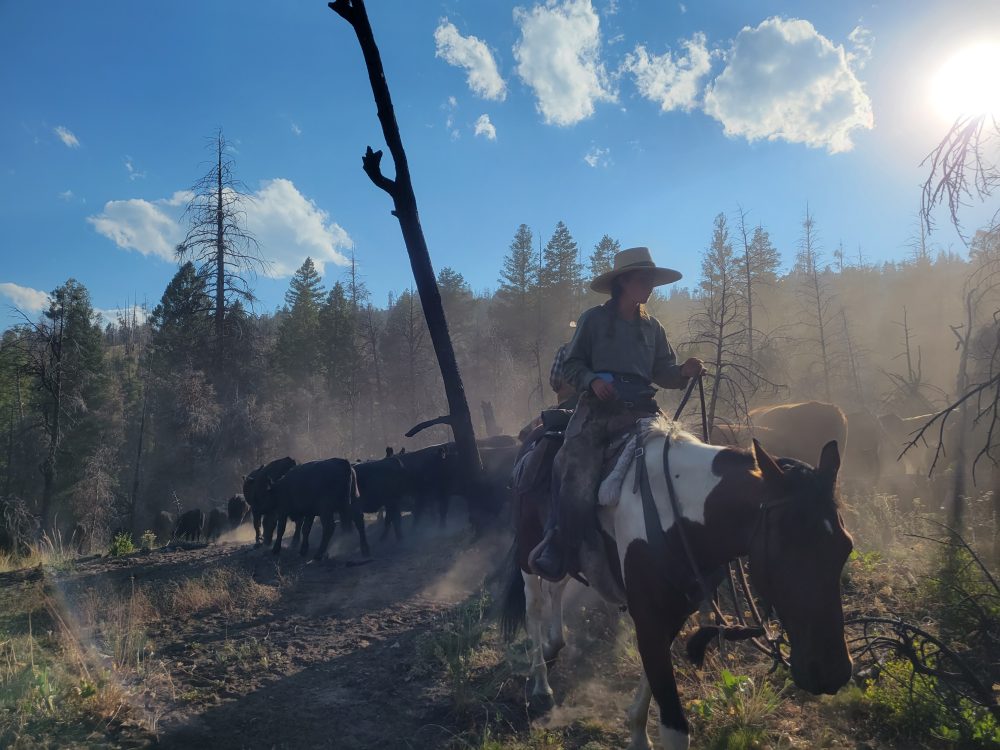
Britany on the back of Ben working the herd across an ashy part of the burn. We find areas with dense regrowth, and then others where the fire got extremely hot and burned all biota. It’ll take a few more years to get vegetation back in those areas, but we’re already seeing resurgence in areas where we brought our cattle through–breaking up the pottery hydrophobic–or water repellent crust, and reintroducing biology through their deposits–both manure and saliva. It’s a mosiac, as is often the case with nature, and it’s beautiful in all stages of resurgence.
Along the margins of this subalpine forest lives what may very well be the oldest living organism in the world. This plant paints the color of Rocky Mountain forest from Colorado to Canada in the fall with hues of gold, yellow and amber.
It’s aspen. More than any other tree, it’s a picture of the Rockies. It’s white bark and striking fall coloration in pure stands is captivating to any eye. Some researchers think aspen clones (they grow in genetically identical stands, as they are all connected underground) date back to the last ice age in North America.
But aspens are in trouble. Why? It’s because aspen depends on fire and bright sunlight to regenerate from its long-lived roots. Their roots will live for literally thousands of years and extend for as much as a mile underground. The trees we see are mere manifestations of a complex root network below the soil surface that can withstand natural disasters above from fire to flood, and drought to disease.
Without disturbance, conifers encroach on aspen groves that have for centuries been only aspen. Disease eventually kills older aspen trees; the “trees” only live for about 80 years (even though still alive beneath the soil surface). The thin white bark that we humans write songs about, and Ansel Adams took photographs of is susceptible to fungal infections introduced by everything from woodpeckers to elk, who like the tree to polish their antlers free of velvet when it’s time for the rut.
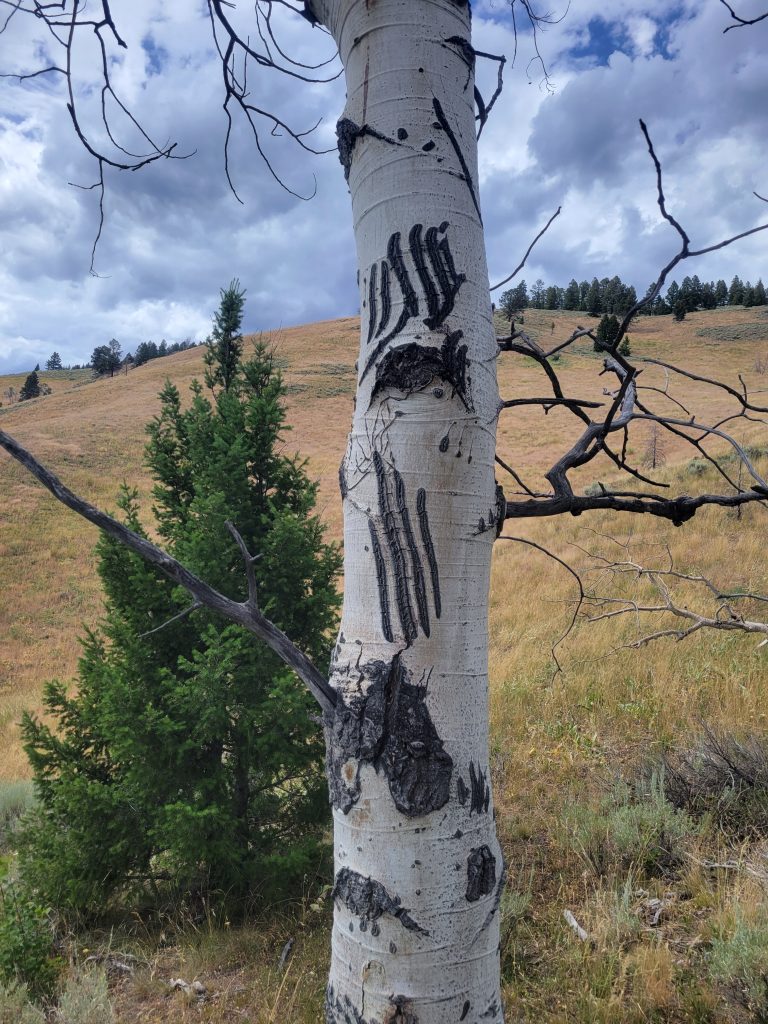
Elk, woodpeckers and bears like to open up aspen bark, leaving an open door for fungal infection by airborne pathogens like Hypoxylon canker, which can cause the death through girdling of a mature aspen. This is a pretty common ‘tag’ of the inviting white bark of an aspen tree–a bear claw mark, probably a black bear attempting to climb in search of tasty ants up the smooth, dinner plate like bole of the tree. This tree is freshly dead, probably from fungal infection.
The result? Slow but certain conifer replacement of aspen stands. Douglas-fir, lodgepole pine, and subalpine fir handily colonize where old aspen trees fall in the absence of fire, and eventually, ancient, centuries old aspen roots die of starvation. Without the sugars sent from photosynthesizing foliage above, they cannot survive.
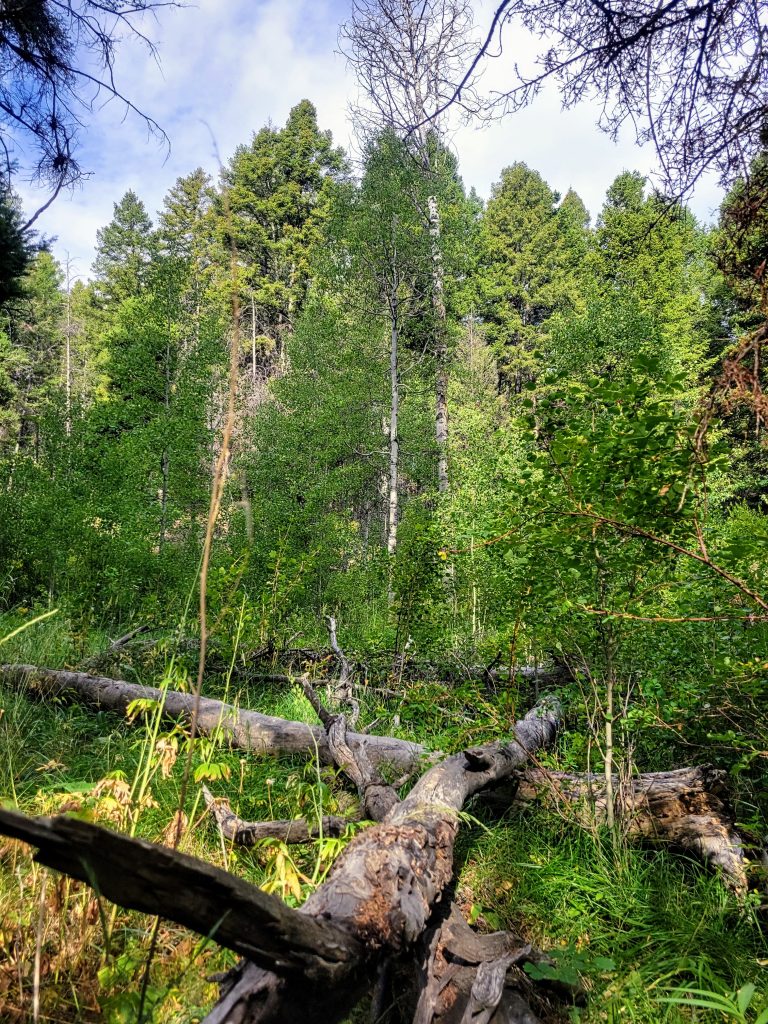
Those are dead aspen logs in the foreground. Our forests, and those throughout the West are littered with them. In this small stand the aspen mortality was so wholesale that enough forest canopy opened simultaneously that there was enough sunlight and heat on the soil surface for aspens to re-sprout, even without fire (that’s all the dense head-high growth in the middle of the image). If we hadn’t been managing our cattle away from such areas, the new sprouts would have failed. But with intensive herding of our five hundred head away from such areas, aspen can win in small areas like this one, despite the fact that large scale aspen regeneration desperately needs fire and non-continuous grazing management. We grazed this aspen stand this year for about 1 hour, enough time for them to graze the grasses and forbs, but not enough time for them to get interested in woody regeneration. We’ll rest it for another 12 months at minimum.
Enter the Rabbitfoot fire of 2018. It turns out that the cleansing effects of fire on the mistletoe infestation also reached out to save aspen, whose roots were barely hanging on, because where the fire burned across ancient aspen stands, there are new aspen shoots aplenty.
The elk happen to like those tender regenerating shoots. Our cattle do too. But I think enough will grow above grazing height if we continue to creatively herd our beeves with our horseback crew as we have been. We’ll leave the elk herding to our partners up there in the wilds of Hat Creek, the wolves.
Like they have for millennia. In a land created and maintained by fire.
And we’re honored to be not only a witness to an ecosystem regenerating, but moreso, to be a part of it.
Happy Trails.
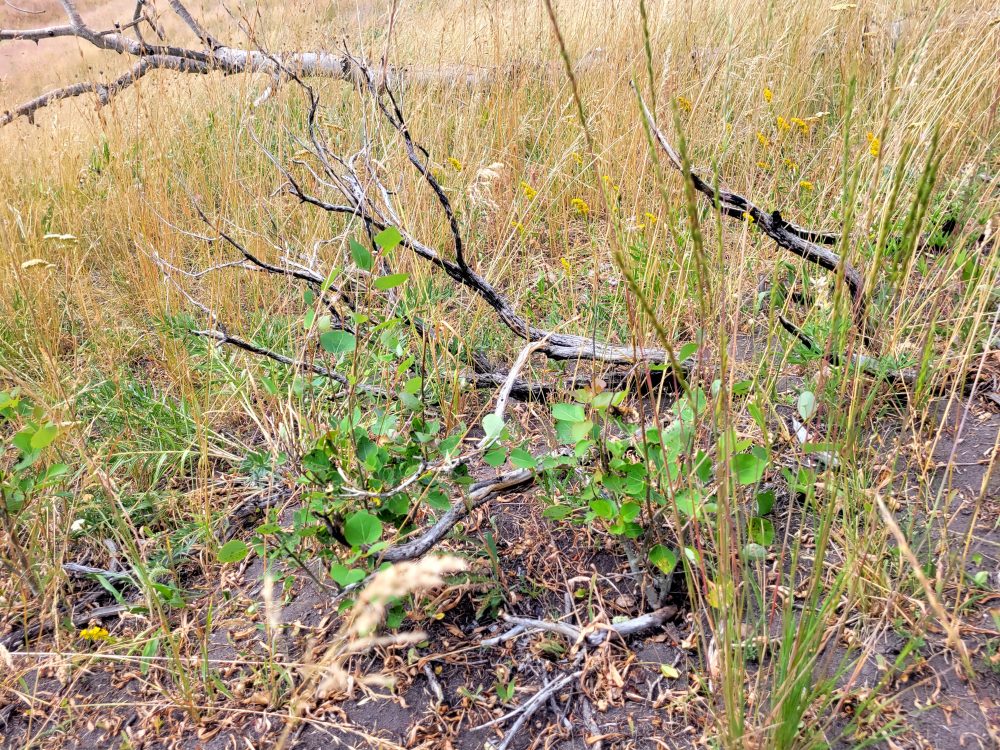
And there they are. Dead and burned aspen trees litter the ground. All sagebrush and Douglas-fir are burned. And 4 years later, the ground is covered with aspen shoots, the leafy green plants in the photo, coming from living roots, safe from the inferno, waiting to sprout when fire rolled out the red carpet for them. If not for fire, we would have a dying forest instead of a regenerating one.

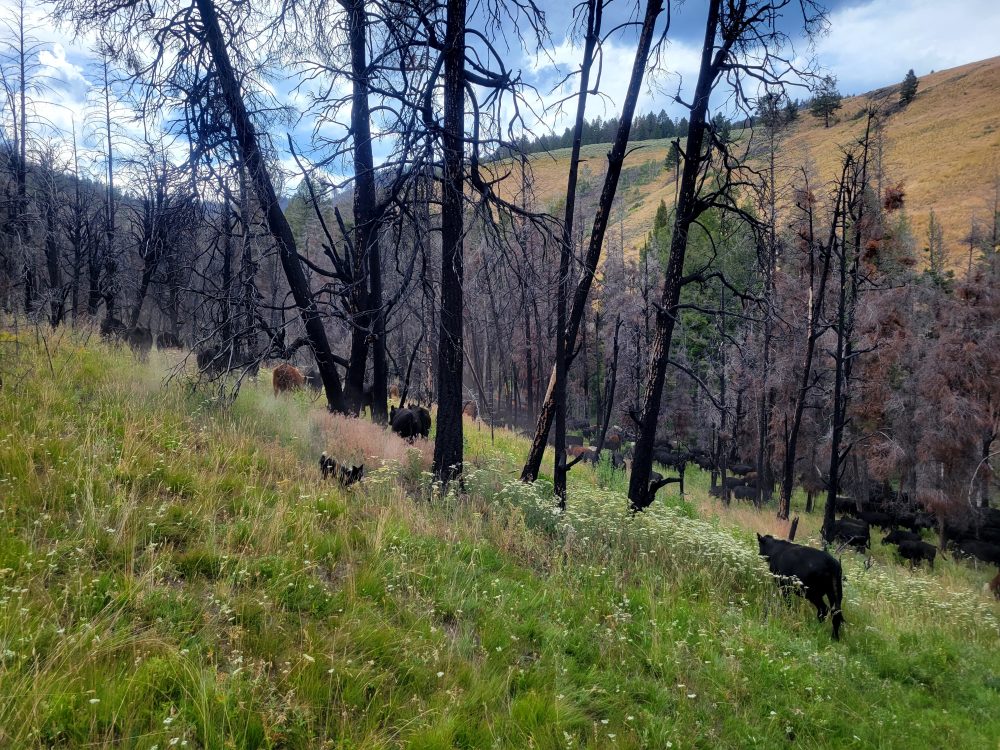
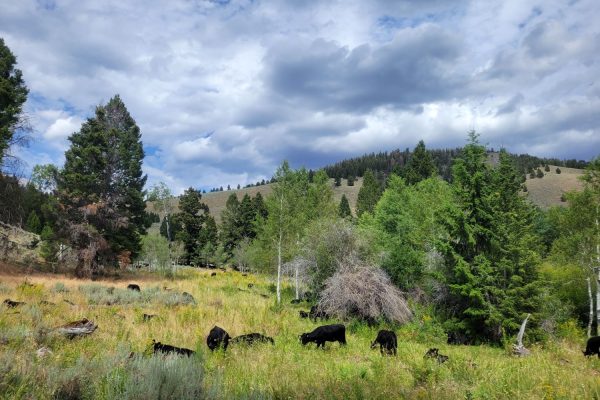
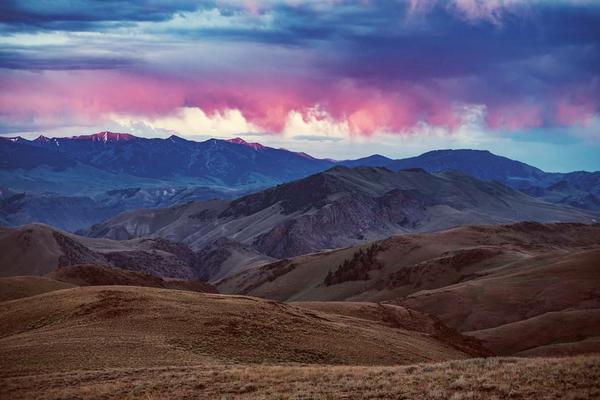

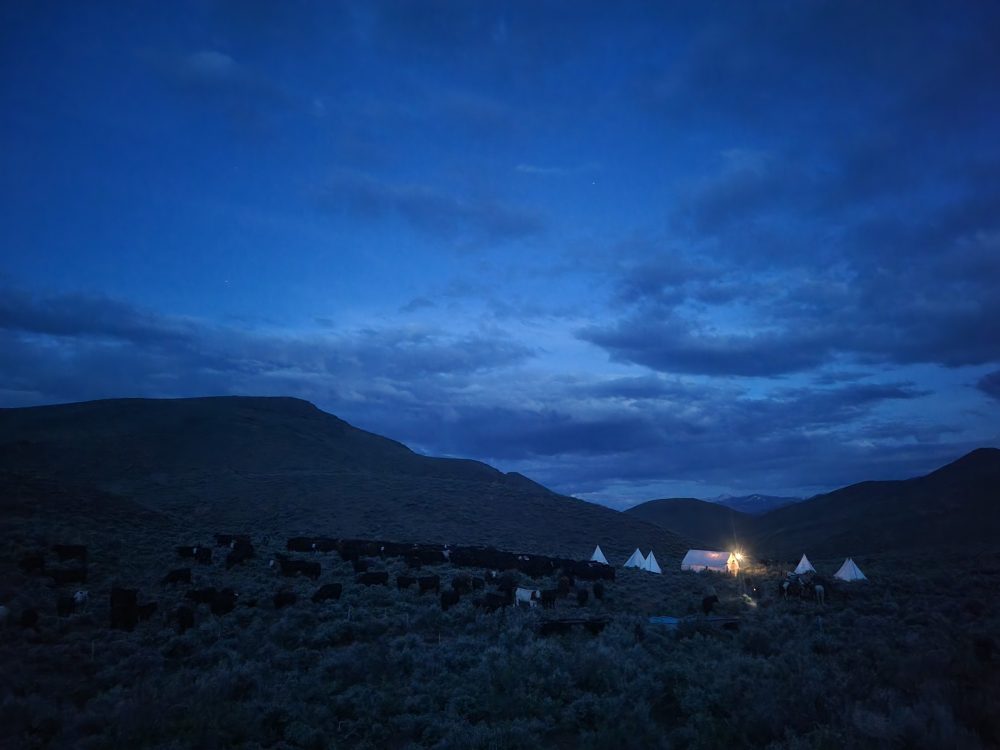
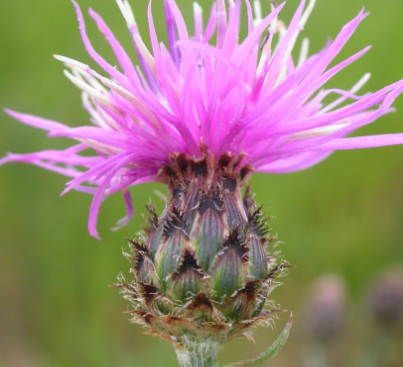
Jeff Z
I remember fighting the mistletoe with you almost 40 years ago. It amazes me (besides that I can use the term 40 yrs ago to refer to us) that they have not been controlled yet. We marked off areas to be cut, planned for creating wide unforested areas between infected areas and uninfected areas, plans for planting types of trees that are not effected by the mistletoe to become a wall to protect uninfected areas, and other ways of stopping the spread of the misletoe. But it looks like it has persisted despite human’s best efforts.
A couple of weeks ago I preached about why weeds grow easier than tomato plants (and why it is easier to sin than to do righteousness). It looks like misletoe fits right in with trying to control the spread of cockroaches.
Shirley
Jeff, you have the same beautiful command of words the same way that Glenn does. Wish I could hear some of your sermons.